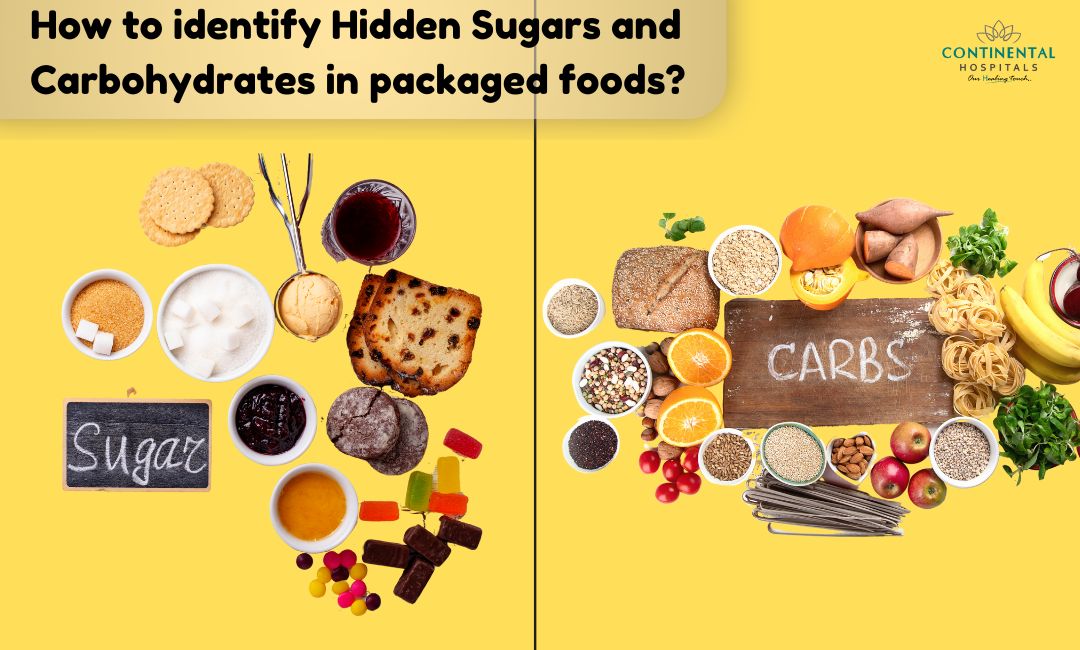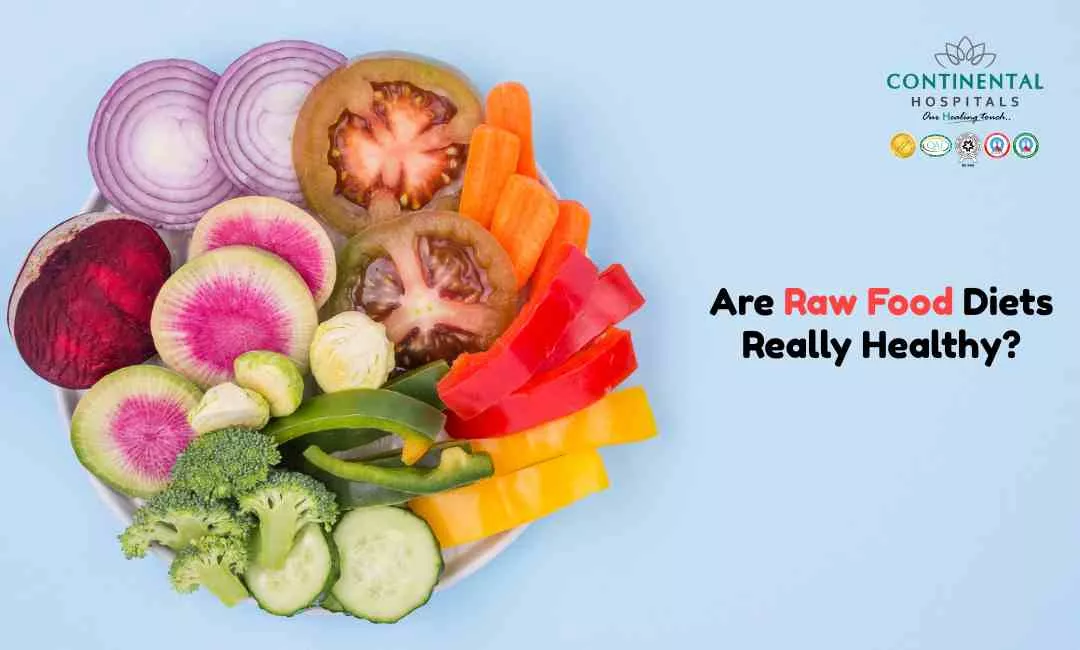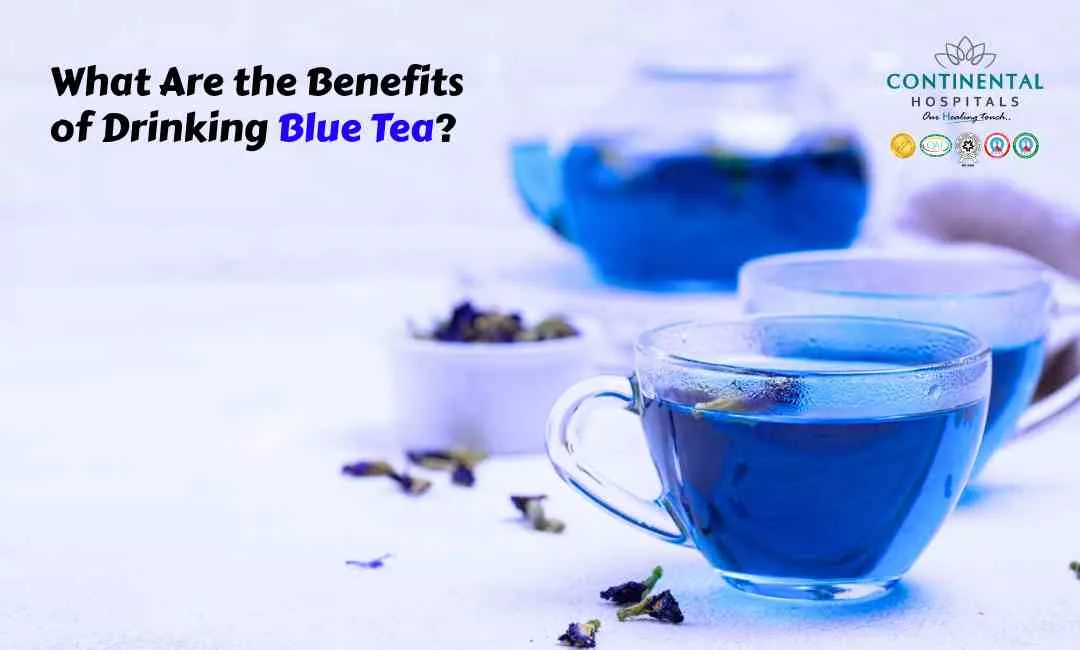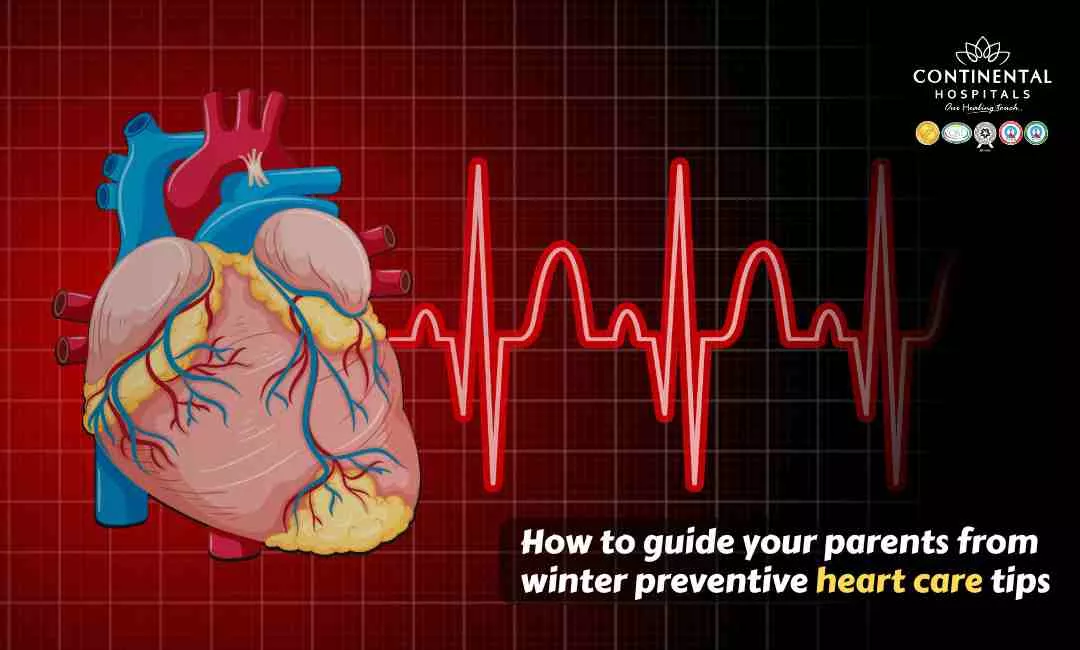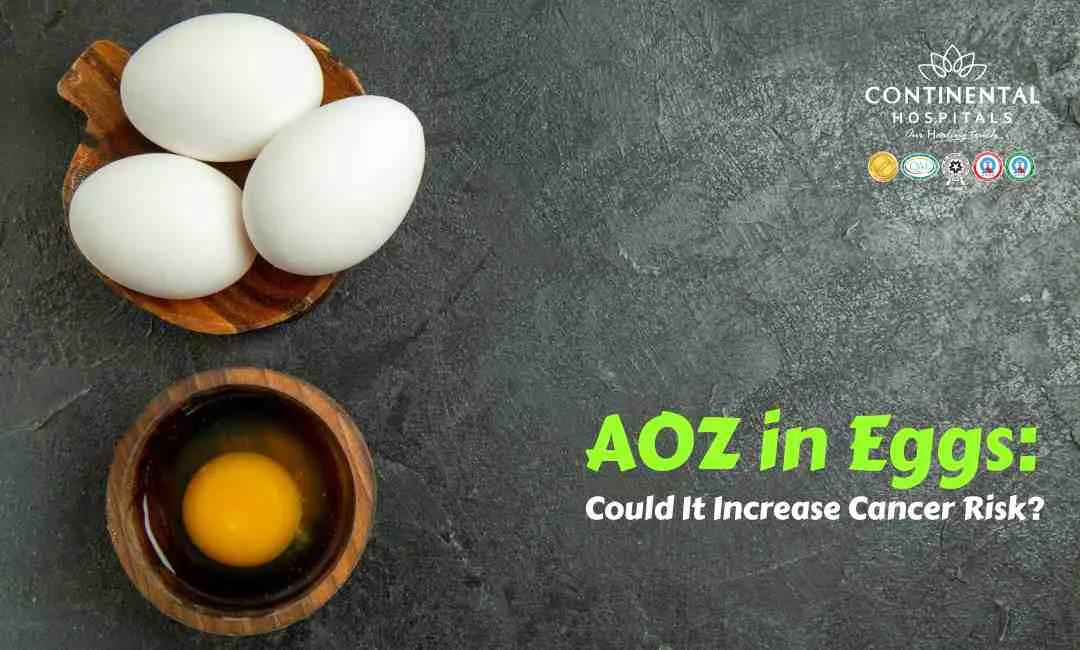We live in a world where packaged foods have become a staple for convenience, but what’s lurking inside these boxes and bags isn’t always obvious. Hidden sugars and carbohydrates are sneaky ingredients that can throw off our diets and health, particularly when managing conditions like diabetes. For parents of children and adolescents diagnosed with diabetes, identifying these hidden ingredients becomes even more crucial.
In this guide, we will take a deep dive into understanding how to spot hidden sugars and carbohydrates in packaged foods, ensuring you and your loved ones can make informed dietary choices.
Understanding the Role of Sugars and Carbohydrates
Carbohydrates are essential for energy, but not all carbs are created equal. There are simple carbohydrates, like sugar, that quickly break down and cause blood sugar spikes. Then there are complex carbohydrates, found in whole grains, vegetables, and legumes, which digest slowly and provide steady energy.
Sugars, a form of simple carbohydrates, are often added to packaged foods to enhance taste, extend shelf life, and improve texture. However, too much added sugar can contribute to obesity, heart disease, and, importantly for this discussion, the development and management of diabetes. This is why identifying them, especially when hidden under fancy names, is critical.
Common Sources of Hidden Sugars
While some foods, like candy and soda, are obviously high in sugar, many processed and packaged foods have sugars hidden in them. These hidden sugars often go unnoticed, especially in foods marketed as "healthy" or "low fat."
Here are some common examples:
Breakfast cereals: Many breakfast cereals, even the ones labeled "whole grain" or "fortified," contain high amounts of sugar.
Granola bars: These are often seen as healthy snacks, but they can be loaded with sugars disguised as honey or syrups.
Flavored yogurts: While yogurt has natural sugars from milk, many flavored varieties have added sugars.
Ketchup and salad dressings: Condiments like ketchup and store-bought salad dressings can contain a surprising amount of sugar.
Bread and baked goods: Many store-bought breads and pastries use sugar to enhance flavor and softness.
Canned soups and sauces: Even savory foods like soups, pasta sauces, and ready-made meals may contain added sugars to balance flavors.
The Different Names for Sugar
Sugar comes in many forms, and manufacturers often use a variety of names to mask its presence. Knowing these names will help you recognize hidden sugars in food labels. Here are some common names for sugar to look out for:
Sucrose: Regular table sugar, found in most sweetened foods.
Fructose: A natural sugar found in fruits, but often added in processed forms.
High-fructose corn syrup: A common sweetener in many processed foods.
Glucose: A simple sugar that’s quickly absorbed by the body.
Dextrose: Another name for glucose, often added to processed foods.
Maltose: Commonly found in malted products.
Molasses, honey, agave nectar: Natural sweeteners that are still forms of sugar.
Invert sugar, cane juice, fruit juice concentrates: Less obvious names for sugar that can trick consumers.
Hidden Carbohydrates: The Unseen Culprits
Carbohydrates, just like sugars, are often hiding in unexpected places. Even foods labeled as "sugar-free" or "low-sugar" may still be high in carbohydrates. Some low-fat or diet products can be deceptive because manufacturers remove fat but add carbohydrates (or sugars) to maintain flavor.
Here are a few sources where hidden carbohydrates may appear:
Gluten-free products: Gluten-free doesn’t mean carb-free. Many gluten-free snacks contain refined flours and starches, which are high in carbohydrates.
Diet snacks and bars: These may be low in sugar but high in carbohydrates from grains, fruits, or syrups.
Low-fat dairy products: When fat is removed, sugars or starches are often added to compensate for lost flavor.
Sauces and gravies: These products may contain hidden starches, which are forms of carbohydrates.
Reading Food Labels Effectively
One of the most effective ways to identify hidden sugars and carbohydrates is to read the nutrition label carefully. Here’s how you can do it:
- Check the “Total Carbohydrates” Section
On the nutrition facts label, look for “Total Carbohydrates.” This number includes all carbohydrates in the food, including fiber, sugars, and complex carbs. If the number is high, but you don’t see any sugar listed, it could be coming from starches. - Look at the “Added Sugars”
Many countries now require that food manufacturers list "added sugars" separately from natural sugars. This helps you differentiate between sugars that naturally occur in ingredients like fruit or milk versus sugars that have been added during processing. - Understand Serving Sizes
Serving sizes can be misleading. If a small serving size is listed but the package contains multiple servings, you might be eating much more sugar and carbohydrates than you think. Always calculate how much you’re actually consuming based on your portion size.
Beware of Marketing Terms
Food packaging often uses marketing terms to make a product seem healthier than it is. Here are some terms to watch out for:
“All-Natural”: This doesn't mean sugar-free or carb-free. Many natural products like honey and maple syrup are still high in sugars.
“No Added Sugar”: While no sugars have been added, the product may still contain natural sugars from fruits or dairy.
“Low-Fat”: Low-fat foods often have extra sugars or carbohydrates added to improve flavor.
“Organic”: Organic sugar is still sugar. Even if the product is made with organic ingredients, it may still be high in hidden sugars.
Choosing Better Alternatives
Once you’ve learned to spot hidden sugars and carbohydrates, the next step is making healthier choices. Here are some tips:
Opt for whole foods: Whole fruits, vegetables, grains, and legumes are naturally low in sugars and rich in complex carbohydrates.
Choose unsweetened versions: When buying products like yogurt, oatmeal, or almond milk, look for unsweetened varieties.
Prepare meals at home: Cooking from scratch allows you to control what goes into your food.
Look for high-fiber options: Foods that are high in fiber are generally lower in sugars and simple carbohydrates. Fiber slows down the absorption of sugars and helps stabilize blood sugar levels.
Special Considerations for Children and Adolescents with Diabetes
For parents managing a child’s diabetes, monitoring carbohydrate intake becomes an everyday task. Children and teens have different nutritional needs compared to adults, and they may not always recognize the impact of hidden sugars and carbs. Here are a few practical tips for helping young people avoid hidden sugars and carbs:
Teach them to read labels: Educating kids and teens on how to spot sugars and carbs in food labels empowers them to make healthier choices.
Involve them in meal prep: Engaging children in cooking helps them understand what’s going into their food, making them more aware of sugars and carbs.
Choose lower-carb snacks: Instead of sugary snacks, opt for fruits, nuts, or vegetables with hummus.
Conclusion
Hidden sugars and carbohydrates in packaged foods can be difficult to spot, but once you know what to look for, making healthier choices becomes easier. By reading labels carefully, understanding the different names for sugar, and being mindful of marketing tricks, you can reduce your family’s sugar and carb intake and help manage conditions like diabetes more effectively.
Related Blogs:
.webp)

